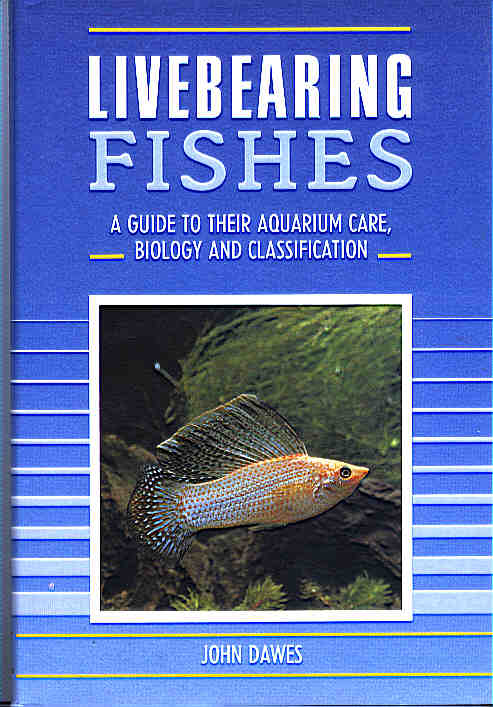



Details of all species referred to in these Fish Care Sheets can be found in the FBAS Booklet No 6 - National Show Fish Sizes. Click HERE for information.

Other Livebearers
They sound like outcasts from Society, but these 'other' livebearers not only exist in a great number of genera but also offer a challenge to do something for Conservancy. Thanks to dedicated aquarists at lest one species now only exists in captivity having been lost to Nature.
Genera: Alfaro, Ameca, Belonesox, Carlhubbsia, Limia, Xenotoca, plus
many others.
Family:Poeciliidae, Goodeidae
Geographic Origin: Central America.
Common Names: The Bishop, Knife Livebearer, Hump-backed Limia,
Pike Top-Minnow
Compatibility:With similar sized fish, mostly they are not a problem although
some can be very aggressive with smaller tankmates.
Minimum Aquarium Size: Like the 'cultivated' livebearers, an aquarium of
600mm x 300mm x 300mm (24” x 12” x 12”) is the
minimum. They will benefit from having a larger
aquarium.
Temperature: Depends on the species' area of natural distribution; highland
waters are cooler than those on the plains. A range of between
18oC/65oF and 24o/27oC 75o/80oF may be typical
for the whole group.
Habitat: Found in rivers, lakes and ponds. Best kept in a well planted
aquarium with water movement provided by either external or
internal filter.
Water Parameters: Prefer hard alkaline water. Some species may inhabit
brackish water in nature. It should be well filtered with
a partial water change each week of around 25%.
Health: Not especially prone to diseases, but White Spot, Mouth Fungus and
Finrot (particularly if water conditions are poor) can be found in
these fishes. Treat sick fish in a separate container. Do not dispose of
dead fish down the toilet. Place in dustbin or incinerate.
Diet: Omnivorous with the accent on 'animal' foods for the more predatory
species. Will eat all dried, frozen and live foods.
Plants: All tropical plants are suitable for the aquarium.
Breeding Notes :Sexing, although not difficult, is not so easy as with cultivated
livebearers. The male's anal is not always fully developed into
the familiar gonopodium: in the Goodeidae, for instance, there
is just a visible 'notch' in the leading few rays.
Unlike cultivated livebearers, some females cannot store
sperm and must be mated to produce young.
Having said that, the Goodeidae group is rather advanced in
the development of the young which are connected to the
mother fish by means of the trophotaenia, a primitive
placenta.
A well planted aquarium is needed when breeding so that the
young can find immediate refuge once born. The use of
breeding traps and confinement of the gravid female is not
encouraged as this often stresses the fish and produces
premature births.
Availability: Available at good aquatic shops, although more are accessible
through specialist livebearer groups, such as Viviparous and the
American Livebearer Association.
Show Classes: Class R - Swordtails (not X.helleri)
Class S Poecilia (Mollies, Limias)
Class T (other species)

There's a wealth of information about
all livebearing fish in this book
by John Dawes
(Blandford 1991 ISBN No: 0-7137-2152-9)
© FBAS 2002. RCM/RDE. Fish Care Sheet 25 1/1
Download this Care Sheet Photographs
Aquarium Management Care Sheet Index
Last updated October 2016
Fish Care Sheet Index
Pond Care Sheet Index